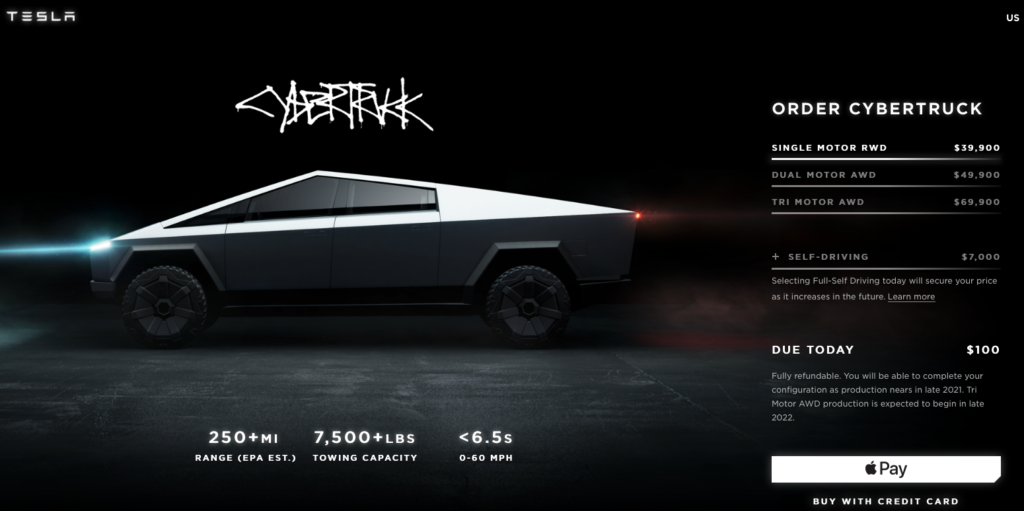First Hitachi-built Paragon Train Arrives in Hull, England
Hull Trains has invested £60 million into five state-of-the-art, bi-mode intercity trains – known as Class 802s– which will transform rail travel from Hull to London. The fleet – which is built using Japanese bullet…
